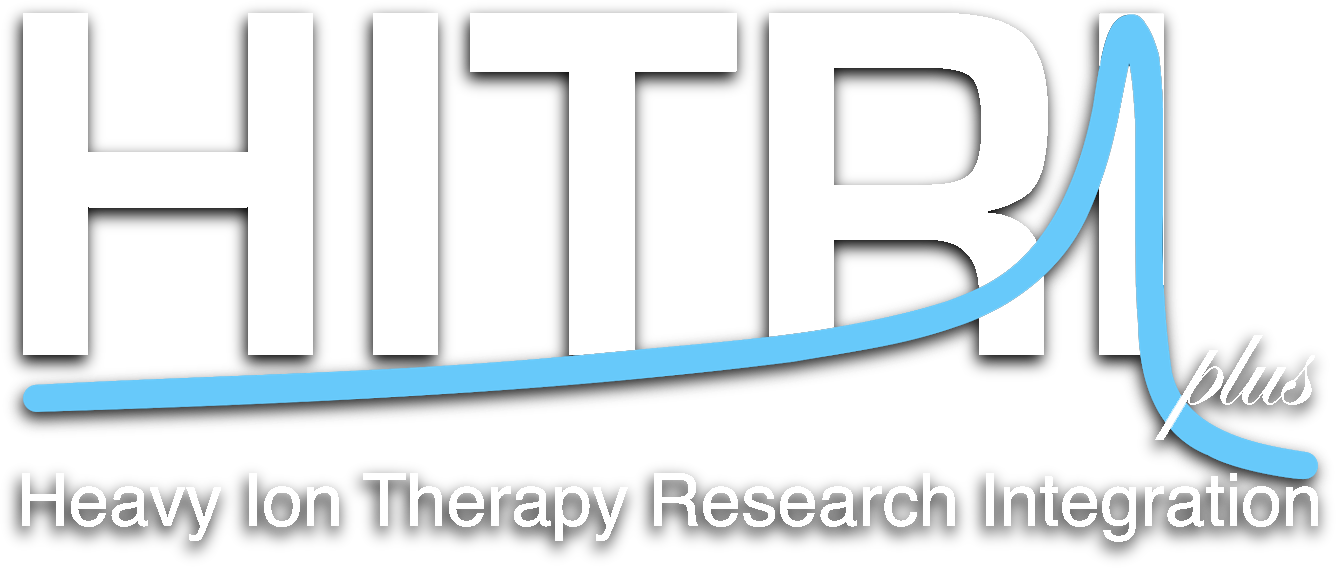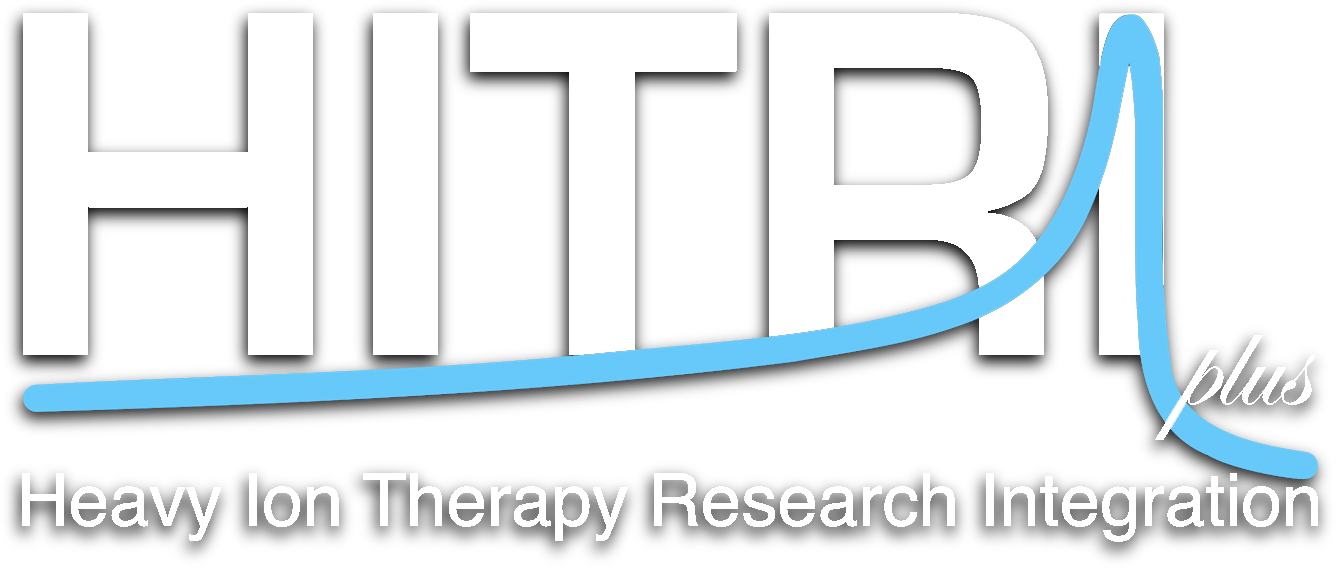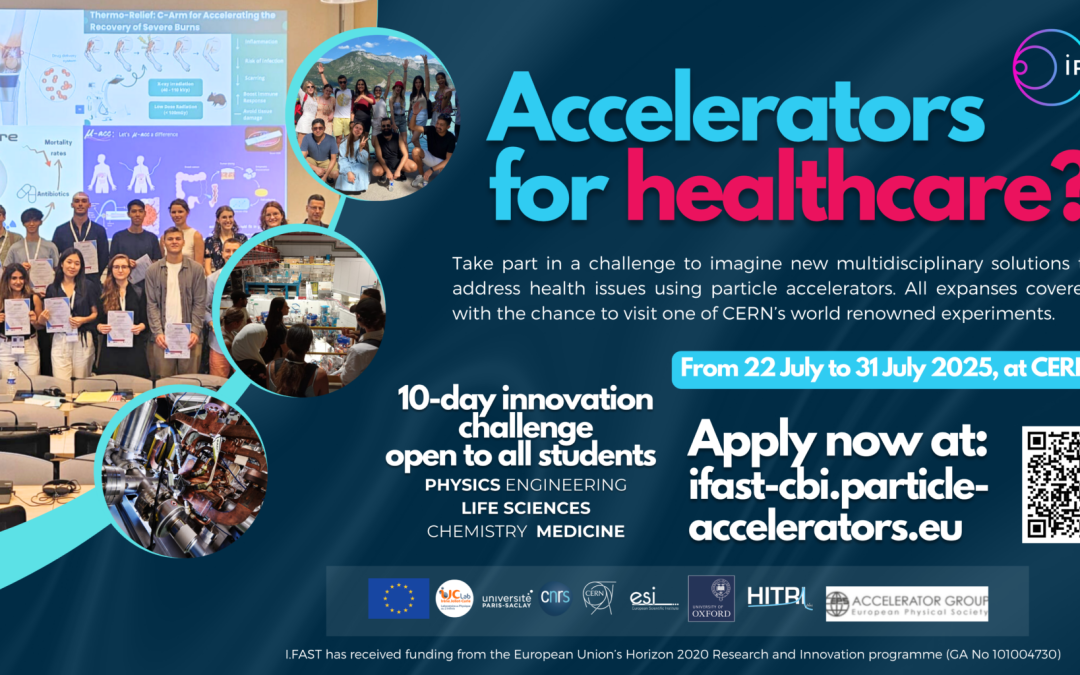From 22 to 31 July 2025, the iFAST Challenge-Based Innovation (CBI) programme will take place at the European Scientific Institute (ESI) in Archamps, near Geneva. This unique initiative brings together students from across Europe to explore how accelerator technologies can contribute to solving global healthcare challenges.
Organised under the EU-funded iFAST project, in collaboration with CERN, CNRS, Université Paris-Saclay, University of Oxford, ESI, and HITRIplus, this year’s edition will welcome students from diverse disciplines—physics, engineering, life sciences, chemistry, and medicine—for a 10-day immersive innovation challenge.
Participants will work in multidisciplinary teams, guided by experts in science, design thinking, and entrepreneurship. The programme encourages bold, creative thinking, aiming to develop concepts with real-world potential in fields such as cancer treatment, imaging, drug delivery, and diagnostics—areas directly aligned with HITRIplus’ mission to accelerate access to advanced medical technologies.
As part of the experience, students will:
• Explore the role of particle accelerators in medicine
• Receive mentorship from leading researchers and clinicians
• Collaborate across disciplines to co-design healthcare solutions
• Visit CERN’s world-class accelerator and experimental facilities
• Present their solutions at CERN during the final conference, where an expert jury will select the top projects
Applications are now closed, and the selection process is underway. Soon, a new cohort of promising students will be invited to take part in this unique summer challenge.
With the strong support of HITRIplus, the programme continues to nurture the next generation of innovators working at the intersection of technology, science, and human health.
Learn more about the programme: www.ifast-cbi.particle-accelerators.eu
Read the official iFAST publication: https://ifast-project.eu/publications
Stay tuned for updates from Archamps and Geneva in July, and follow the journey of these young talents as they shape the future of accelerators for life.





Recent Comments